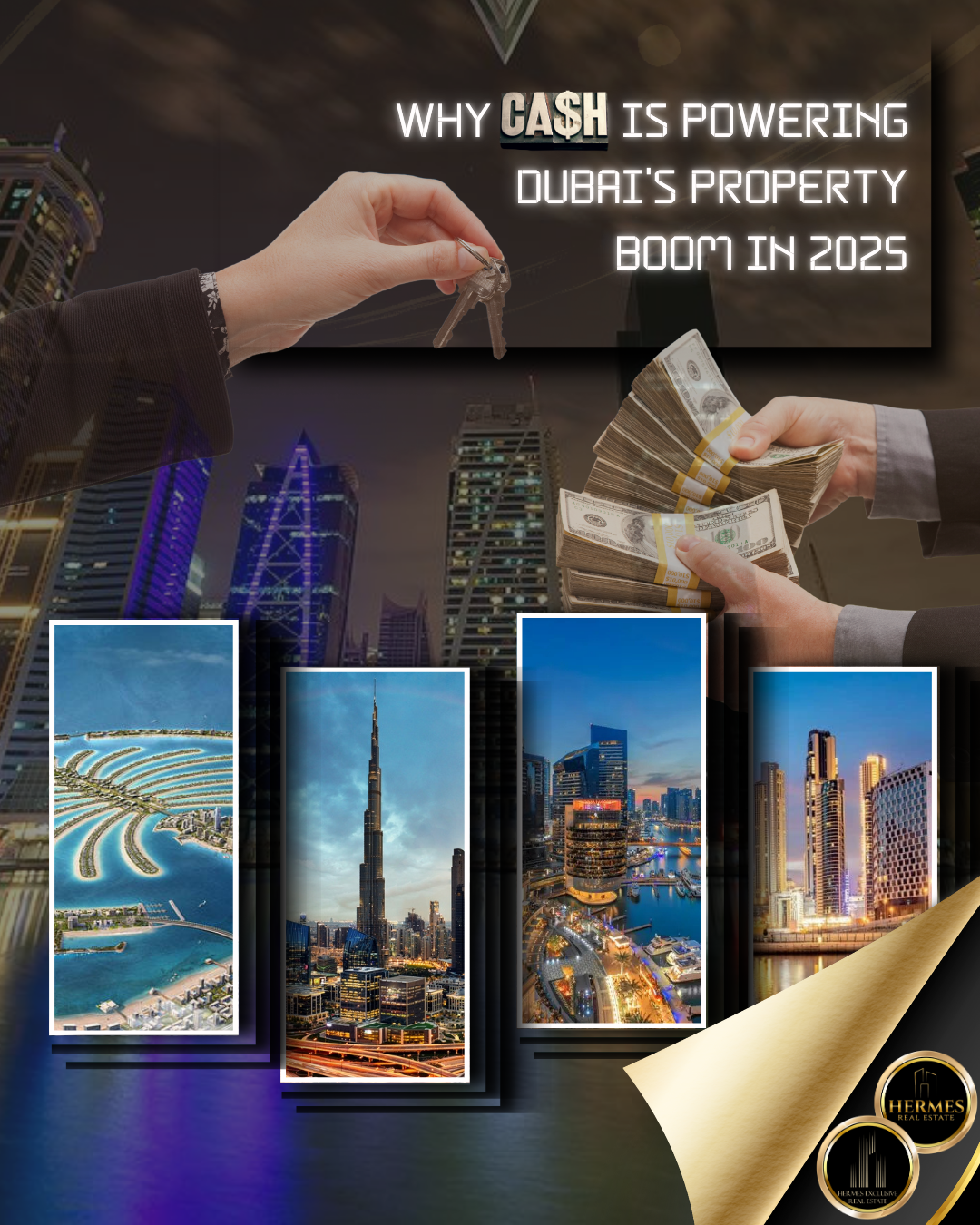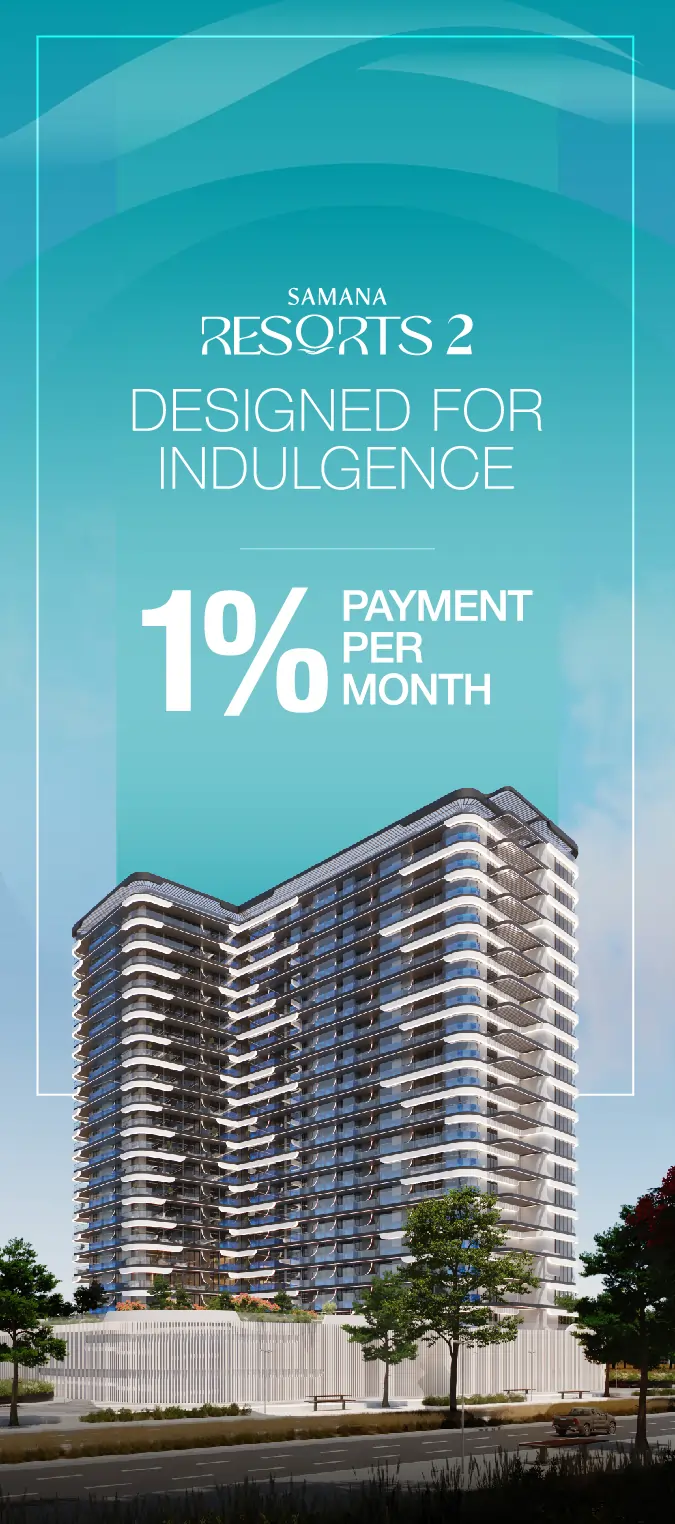Did you know? A single percentage point change in interest rates can alter a mortgage payment in Dubai by thousands of dirhams per year. For investors, this isn’t just a number, it’s the difference between strong yields and squeezed margins.
In 2025, interest rate shifts remain one of the most critical forces shaping Dubai’s property market. Whether you’re financing a luxury villa in Palm Jumeirah or a commercial warehouse in Jebel Ali, the cost of capital directly influences your returns, risk profile, and investment strategy.
Why Dubai Moves with the Fed
Dubai’s interest rates aren’t set in isolation. Because the UAE dirham is pegged to the US dollar, Federal Reserve decisions ripple straight into the local market.
- Rising US rates = higher borrowing costs in Dubai
- Falling US rates = cheaper financing and more aggressive investment activity
This stability brings global confidence to the UAE economy, but it also means investors must track US economic policy as closely as local market conditions.
The Mortgage Affordability Factor
Interest rate movements directly affect residential demand and buyer power:
- Monthly mortgage jumps – Even a 1% rate hike can increase monthly payments by 10–15%.
- Stricter lending – Banks tighten qualification criteria, shrinking the pool of eligible buyers.
- Cash buyer advantage – When financing becomes costly, cash-rich investors gain negotiating leverage.
Case Study: In early 2023, when rates climbed, developers in mid-market communities noticed slower transaction volumes, while luxury off-plan projects funded largely by cash buyers continued to see strong demand.
Property Prices: Winners and Losers
- Higher rates → pressure on affordable segments, where mortgages dominate.
- Lower rates → boost in demand and price appreciation.
- Luxury market → less sensitive to rate shifts, since many transactions are cash-based.
Investors should watch segment-specific trends rather than assuming the whole market reacts uniformly.
Foreign Capital Dynamics
Dubai attracts global investors, but rate changes affect them differently:
- Currency Hedging Costs – Stronger dollar = higher hedging expenses.
- Comparative Returns – Rising UAE rates may improve yields compared to European or Asian markets.
- Capital Flows – Global funds often rebalance portfolios depending on rate cycles, creating inflows (or outflows) of capital.
Risk vs. Opportunity: Timing Is Everything
Smart investors use rate cycles to their advantage:
- In high-rate environments: look for distressed deals, negotiate harder, and focus on long-term cash-flowing assets.
- In low-rate environments: leverage financing to scale quickly and target growth markets.
Commercial investors, in particular, adjust cap rates and yield expectations, creating entry opportunities when others hesitate.
Action Steps for Investors
- Track US Fed announcements – they set the tone for Dubai’s financing environment.
- Diversify property types – balance cash-heavy luxury assets with leveraged mid-market plays.
- Stress-test your financing – run ROI models at multiple interest rate levels.
- Build relationships with developers and banks – early access to incentives and flexible terms can make a major difference.
Bottom Line: Interest rates are not just an economic headline, they’re a lever that can accelerate or erode your investment gains in Dubai. Investors who adapt quickly, crunch the numbers, and seize the right opportunities will outperform the market.





